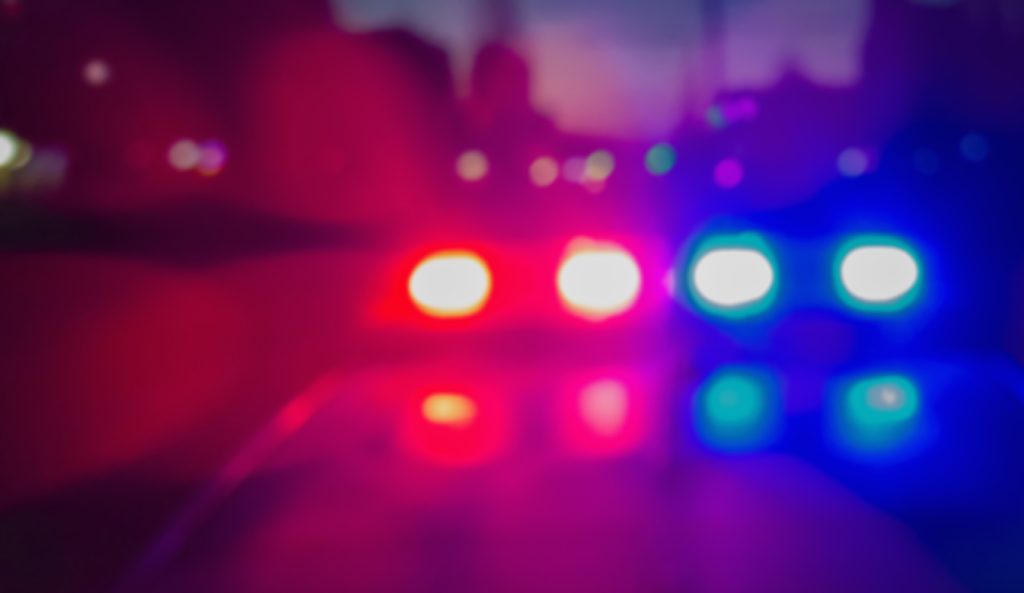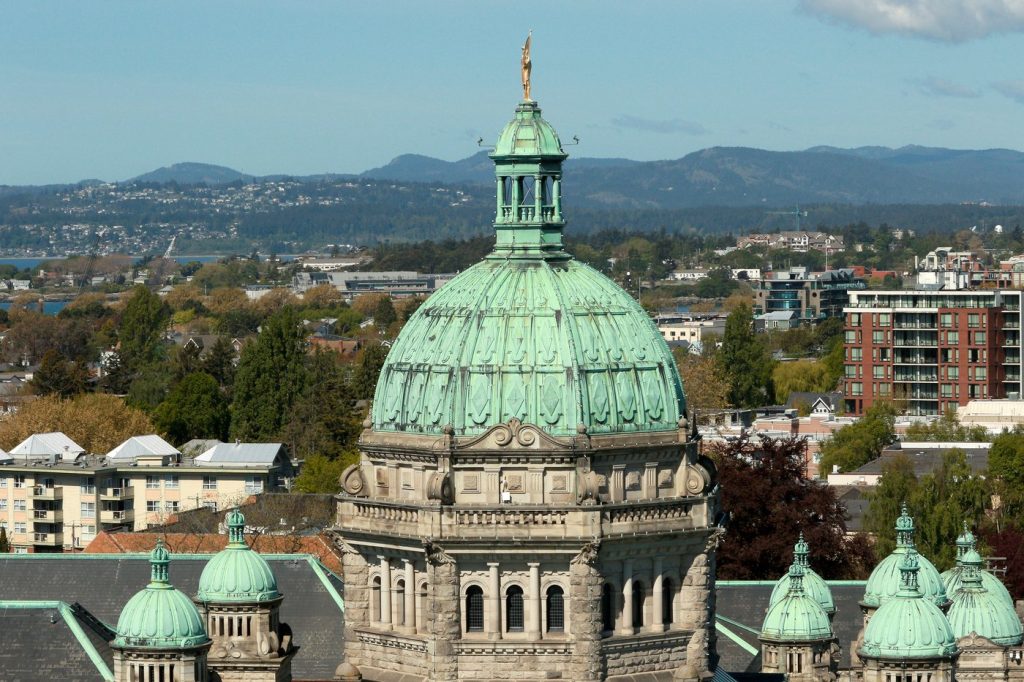Vancouver Park Board to continue Stanley Park looper moth logging
Posted October 9, 2024 11:00 am.
Last Updated October 9, 2024 11:07 pm.
The Vancouver Board of Parks and Recreation is moving ahead with the second stage of removing looper moth-damaged trees in Stanley Park.
During Tuesday night’s Park Board meeting, commissioners approved a plan to fell the trees killed by the hemlock looper.
The hemlock looper insect experiences population outbreaks roughly every 15 years, however, the most recent outbreak resulted in significant tree mortality in the park causing an elevated risk to public safety,” the Park Board stated.
CLICK HERE TO LISTEN TO 1130 NEWSRADIO VANCOUVER LIVE!Phase two is set to begin by the middle of this month, finishing by early 2025. Replanting is set to follow in the spring of next year.
The juvenile form of the moth, a member of the inchworm family, chews on both the fresh, green needles of trees in the spring as well as older needles. The result is that trees can be completely defoliated just in two or three years, eventually killing the tree.
The Park Board says approximately 160,000 trees in the park have been affected.
the City of Vancouver tells CityNews around 8,000 trees were removed from the park – and over 25,000 saplings were planted in the Spring.
Park Board Chair Brennan Bastyovanszky says close to 16,000 tree will be ultimately chopped down — not the complete, affected 160,000 — like the City of Vancouver previously said in a release in November last year.
“Our response efforts in Stanley Park have been vital to ensuring the continuing safety and well-being of park users, park infrastructure and wildlife species in the park,” said Bastyovanszky.
“Further, it’s an opportunity to build a stronger Stanley Park that can better withstand future insect outbreaks and climate change impacts.”
According to the Park Board, the felling work will be concentrated in areas heavily used by the public, near the aquarium, Brockton Point, Chickadee Trail, and along the northwest Seawall.
“During the first phase of emergency work from October 2023 to April 2024, less than 8,000 trees were removed in 25 per cent of the affected forest areas that posed the highest risks to public safety. This emergency response addressed the Stanley Park Causeway, Prospect Point, the Train precinct, Pipeline Road and sections along Stanley Park Drive. The work culminated with the planting of 25,000 native trees last spring,” the Park Board said in a statement Wednesday.
“Approximately half of the trees removed in the first phase were more than 20 centimetres in diameter and the remainder were smaller material. Eighty-eight per
cent of the trees removed were western hemlock and 10 per cent were Douglas fir.
“No old growth trees were removed and all Douglas fir and western red cedar was shared with the Host Nations for ceremonial use. In addition, some logs were provided to the Vancouver Police Department to support the On the Land Cultural Training Program. The remaining commercially viable hemlock material was taken to a domestic log sort in Squamish, while other materials were left in place in the forest to provide coarse woody debris for habitat,” the Park Board continued.
Bastyovansky explains that the Board knows there will be big impacts for park users into the new year.
“Staff have worked closely with stakeholders and the community to reduce impacts as much as possible while prioritizing safety. We are immensely thankful for the public’s patience.”
–With files from The Canadian Press.
Editor’s note: A previous version of this story suggested that approximately 160,000 dead or dying trees would need to be felled. The Park Board says only a fraction of the impacted trees will need to be removed due to their risk to public safety.








